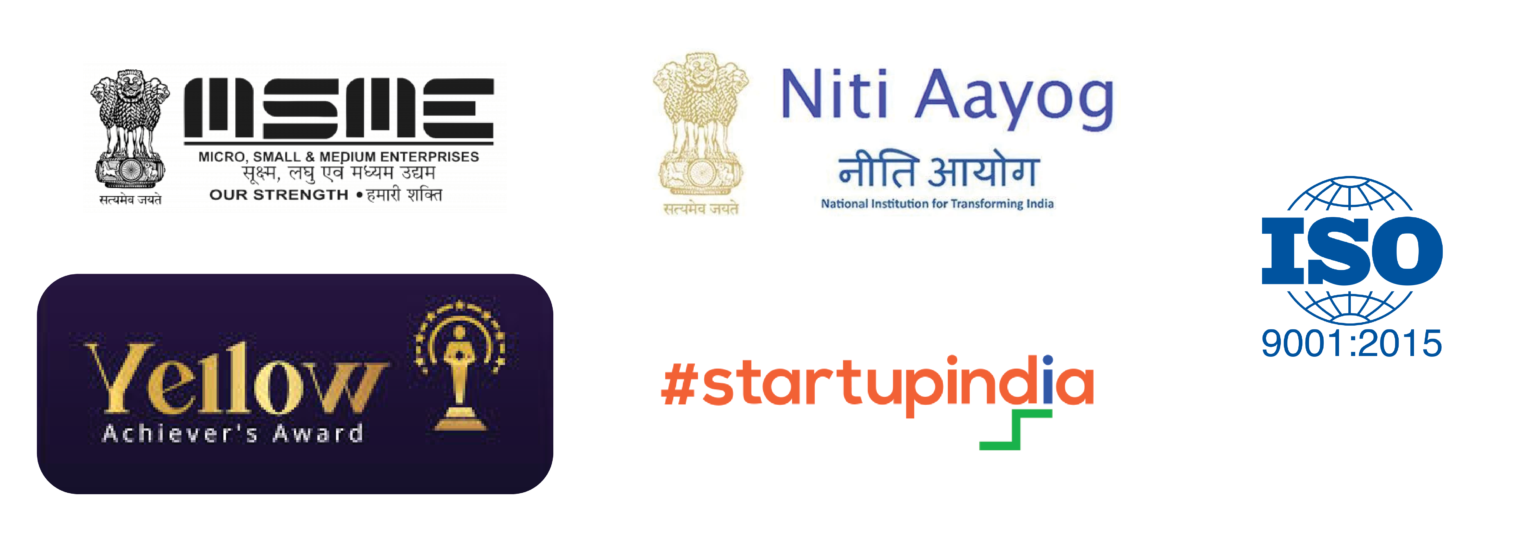ISO 9001:2015 is the latest version of the globally recognized standard for quality management systems (QMS). It provides a framework that organizations can use to ensure they consistently meet customer and regulatory requirements while aiming to improve customer satisfaction and operational efficiency.
Key Aspects of ISO 9001:2015
- Customer Focus
- ISO 9001:2015 places strong emphasis on understanding customer needs, meeting customer requirements, and striving to exceed customer expectations.
- It promotes active engagement with customers to improve products and services.
- Leadership and Management Commitment
- The standard requires top management to be actively involved in the QMS and accountable for its effectiveness.
- Leaders are expected to communicate the importance of the QMS, create clear objectives, and provide resources for its implementation.
- Process Approach
- ISO 9001:2015 encourages organizations to view activities as interrelated processes within a system, making it easier to manage and improve each step.
- This approach enables a more organized, efficient workflow and helps prevent quality issues.
- Risk-Based Thinking
- One of the key updates in the 2015 version is the focus on risk management. Organizations must identify and address risks and opportunities that could impact product or service quality.
- This focus on proactive risk management helps prevent problems and drives continual improvement.
- Continuous Improvement
- ISO 9001:2015 emphasizes the importance of continual improvement within the QMS.
- Organizations are encouraged to use feedback, internal audits, and performance data to identify opportunities for enhancement and to maintain a focus on quality improvement.
- Performance Evaluation
- The standard requires organizations to set up metrics to monitor the effectiveness of their QMS, such as customer satisfaction, product conformity, and process performance.
- This data-driven approach allows for better decision-making and more precise adjustments to processes.
- Documentation and Knowledge Management
- Although ISO 9001:2015 allows for greater flexibility in documentation, organizations are expected to maintain necessary documented information to support the QMS.
- Knowledge management is also emphasized, encouraging organizations to retain and use information effectively, even as staff change.
Implementation Steps
- Define the Scope and Objectives: Determine the QMS scope within the organization, including specific objectives and goals.
- Leadership Commitment: Ensure top management’s involvement and commitment to driving the QMS.
- Identify Processes and Responsibilities: Map out key processes, roles, and responsibilities, ensuring alignment with ISO 9001:2015 requirements.
- Risk and Opportunity Assessment: Identify potential risks and opportunities, integrating risk management into the QMS framework.
- Implement Controls and Measures: Develop controls and procedures for monitoring and maintaining quality standards.
- Employee Training and Awareness: Educate employees about their roles within the QMS to ensure consistent quality.
- Monitor, Measure, and Improve: Regularly assess and improve the system through audits, feedback, and performance data.
Benefits of ISO 9001:2015 Certification
- Improved Customer Satisfaction: By consistently meeting customer expectations, businesses enhance customer satisfaction and loyalty.
- Operational Efficiency: Standardized processes and a focus on quality reduce errors, rework, and waste.
- Global Recognition and Competitive Advantage: ISO 9001 certification is internationally recognized and can enhance a company’s reputation and competitiveness.
- Enhanced Risk Management: Proactively managing risks leads to more reliable and stable operations.
- Employee Engagement: Clearly defined roles and objectives contribute to higher employee morale and engagement.



